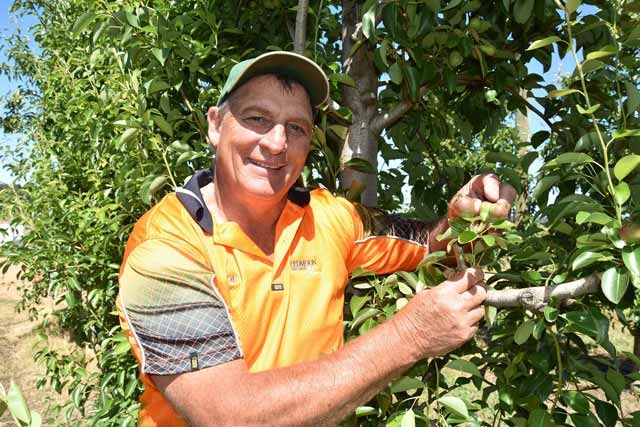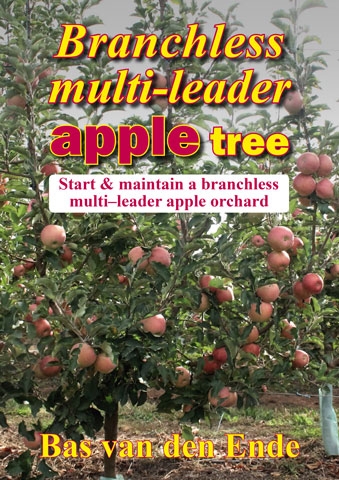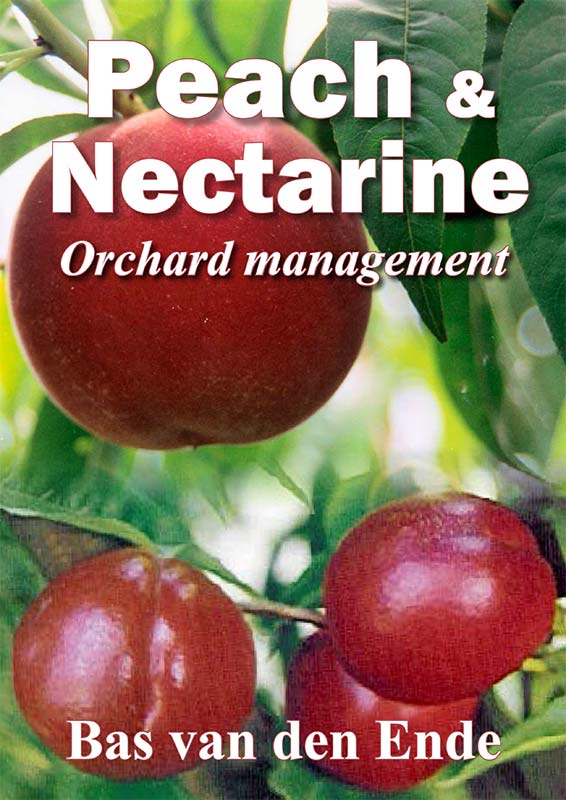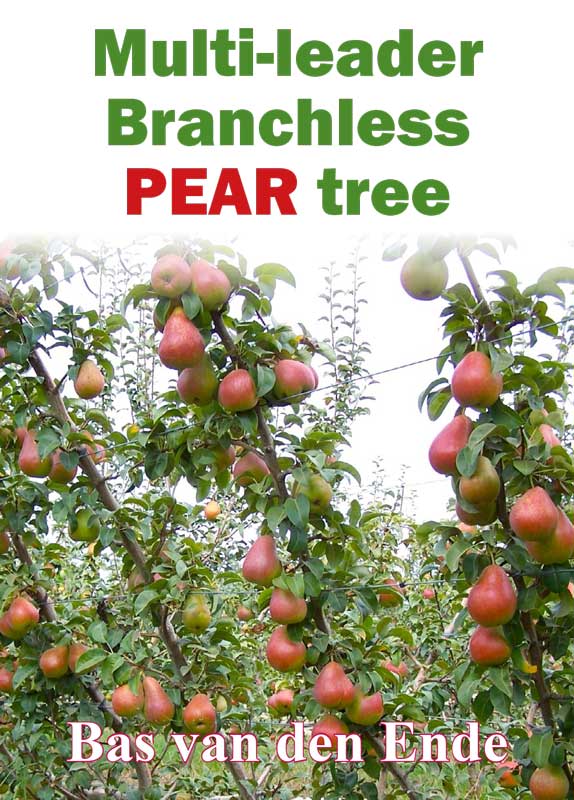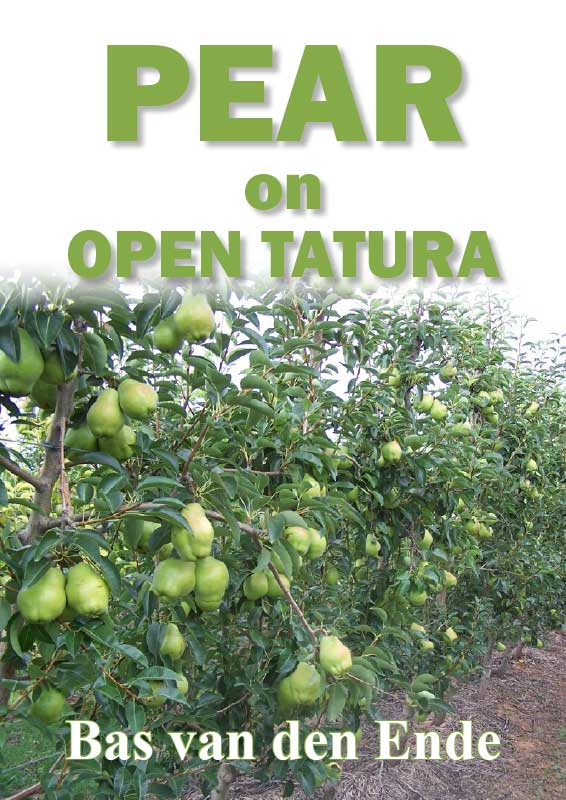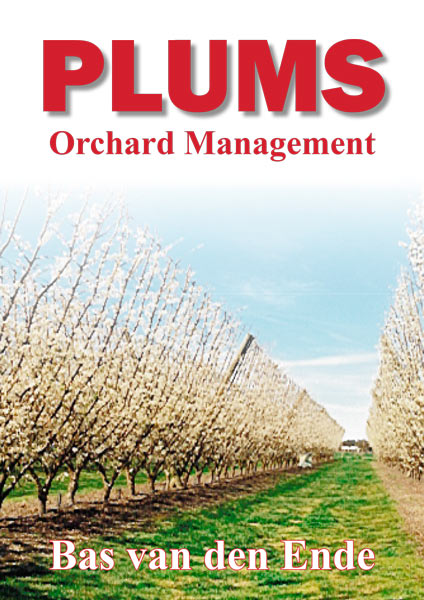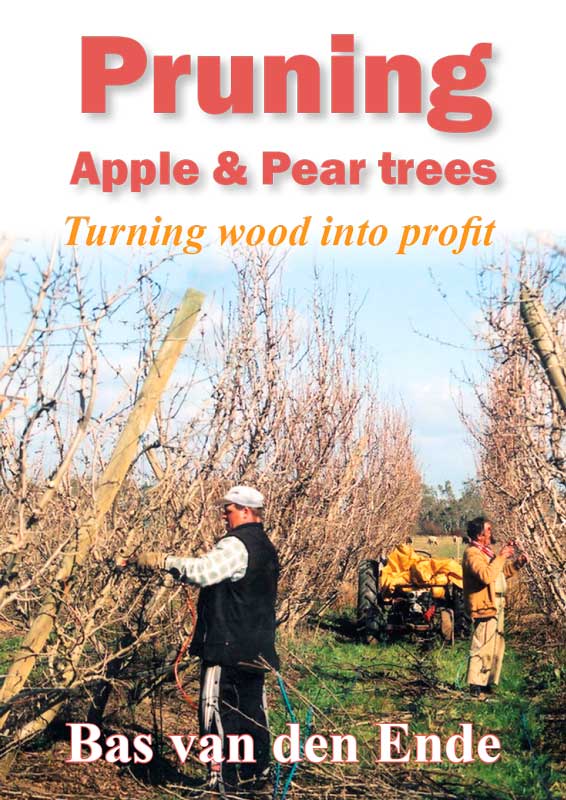Veteran fruit grower Joe Giblett well knows the threat insects and diseases pose to successful orchard production.
Born and bred at Bridgetown in Western Australia’s South West and having been by his father’s side in the family orchard since he was a nipper, today Joe manages the Red Moon orchard on the outskirts of Donnybrook for Casotti Enterprises.
The Casotti family’s Karragullen Cool Stores is one of the largest growing, packing and wholesaling operations in the state for pome and stone fruit. The family’s other orchards in the South West include Casuarina Valley and Ladycroft near Manjimup, as well as Blue Moon and Eastwind near Donnybrook.
Joe said black spot (or pear scab) and brown rot with the nectarines were some of the main diseases.
“The problem with black spot in pears is it can be a total wipe-out of the crop,’’ Joe said.
“If you didn’t spray, you would hardly pick a pear. With brown rot in the stone fruit, it can be a 50% write-off for the crop too.’’
Red Moon grows Packham, Bartlett and Corel pears and Red Bright, Bright Pearl, August Bright and September Bright nectarines over 30 hectares, as well as table grapes.
The family’s fruit sells to major supermarket chains across Australia and to local markets.
Joe said the diseases, as well as insects, required vigilant monitoring on a daily basis.
He said before flowering and during flowering was a critical time in the stone fruit, while control of black spot in the pears was ongoing.
Unique, dual mode of action
In recent years, together with the help of John Campbell from Donnybrook Farm Service, Joe has added the unique, dual mode of action fungicide, Luna® Sensation, to his spray program against disease.
Developed by Bayer, Luna Sensation combines the active ingredient fluopyram, a novel chemical within the SDHI family, with trifloxystrobin, providing another fungicide option for growers and aiding disease resistance management.
It controls blossom blight, shot hole and brown rot in stone fruit; black spot, powdery mildew and suppresses alternaria leaf blotch in apples; black spot in pears; and blossom blight, stone fruit rust, shot hole and suppresses hull rot in almonds.
John said most alternative fungicides only contained one chemical group, so the combination of two active ingredients provided wider disease control.
“There is nothing on the market that compares to Luna Sensation with its two chemical groups,’’ said John, who has been working with Donnybrook Farm Service for 13 years and previously as a grower in the area for 20 years.
Joe said on the nectarines he applied the fungicide at 10% flowering to control blossom blight and again at least a day before picking to combat brown rot. It is applied at 40 mL/100 L for the blossom blight and 30 mL/100 L for the brown rot through their Silvan air blast sprayer travelling at 5 km/h to ensure good coverage.
John said it was imperative to keep crops clean in the blossom blight period, as disease could set trees back and damaged fruit was unmarketable.
Application
Joe said on the pears, Luna Sensation was applied twice, seven to 10 days apart, from the green tip stage at 30 mL/100 L, using enough water to provide good coverage to target black spot.
“We do have some big old trees, so you need to have the water volume up.’’
He said the one day withholding period with the fungicide before harvesting stone fruit was a bonus, the low application rate made it easy to use, and it delivered better results.
“It’s easy to use, easy to mix and it works. A lot of people are using Luna Sensation around here now.’’
“Luna Sensation does blossom blight and brown rot in the one spray, and one bottle will do all the orchard once, whereas with other products we will have to get half-a-dozen 20 L drums.
“It’s easier to use because you’re only putting 600 mL in a vat rather than pouring in 20 L, and it means less disposal and that’s better for the environment.’’
John said the one day withholding period in stone fruit was a huge benefit for fruit marketing if rain was received just before harvest.
The withholding period in pome fruit is longer at 14 days, but this helps to control late disease outbreaks in the last two weeks prior to picking.
Fruit quality
Joe said since using the fungicide, he had not noticed any brown rot in the nectarines.
“Before we used Luna Sensation, we were getting odd outbreaks of brown rot, but since using it we haven’t at all.’’
“The fruit has been clean and we have sold all fruit that has gone in the bin. We are getting bigger fruit, cleaner fruit, and that puts more dollars in the pocket at the end.
“We are still working on the pears. We have an area of pear scab (black spot), but the results are better than the previous two years. We are starting to get on top of it and I think a lot of that is due to Luna Sensation.’’
John said where growers throughout the wider region had used the fungicide, final fruit quality had been excellent.
“It has been around for three years and growers have been comfortable using it and have had minimal outbreak of disease. It has become one of the first choices because since using it, brown rot and blossom blight has not been an issue and we’ve hardly seen any alternaria in the area in the last three years—and that’s a direct result of using Luna Sensation.
“We are fortunate (in this area) that we don’t have a lot of summer rainfall to exacerbate disease, but with Luna Sensation in the arsenal it’s been sensational.’’
Joe said it had certainly become a key part of the fungicide program at Red Moon for the future.
“Luna Sensation is essential to this operation now because the proof is in the pudding—why would we change.’’
Resistance management
Joe encouraged growers to help ensure the longevity of the fungicide’s unique chemistry for the future.
“New chemistry is extremely important and we have to follow the label exactly or we are going to ruin the chemistry. That’s why we use it properly—so we can still use it in 10 years time.’’
John said mixing up the chemical groups used through the middle part of the season was critical to help prevent resistance.
Contact: Lachlan Bird Phone: 0407 885 209
E:
See this article in Tree Fruit Sept 2020
